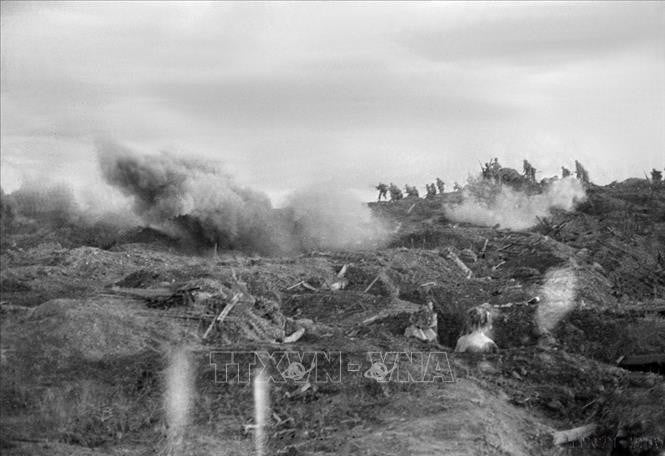
The second offensive was the most important, longest and fiercest of the Campaign.
The second attack was the most important, longest and fiercest of the Campaign, because the central sector was the strongest sector, and its location was in the middle of Muong Thanh field, protected by a system of very powerful high points in the East.
After the victory of the first phase, we realized that although our army had destroyed a part of the enemy's forces, their forces were still very strong, so our combat motto was still "fight firmly, advance firmly".
On March 30, 1954, the second offensive of the Campaign began.
On March 31, 1954, our troops continued to attack hill A1.
March 31, 1954: The battle at Hill A1 was in a fierce stalemate.
- On the enemy side:
In the memoir "Dien Bien Phu - Historical Rendezvous" by General Vo Nguyen Giap, Commander-in-Chief, the enemy's chaos and anxiety were clearly shown: at dawn on March 31, De Castries met with Lange, Padit and Bigia to discuss how to deal with the situation. Lange suggested concentrating the entire 2nd Airborne Corps, including the 1st Airborne Battalion, the 8th Airborne Battalion, a part of the 5th Airborne Battalion, along with the 3rd Foreign Legion Battalion and tanks from Hong Cum to launch a counterattack. The entire artillery force as well as tanks of the stronghold group would be mobilized for the counterattack.
De Castries also urgently requested Hanoi to send reinforcements.
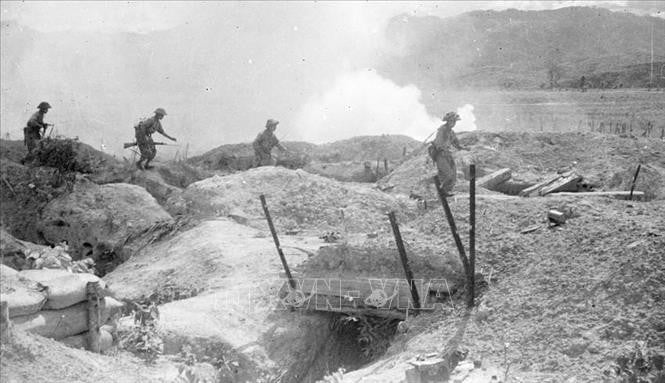
On the morning of March 31, Navarre hurriedly flew from Saigon to Hanoi. At 7:45, Cogny came to see Navarre and reported the situation at Dien Bien Phu that he had grasped since midnight. Navarre was furious and reprimanded him. Cogny argued back without hesitation. But the two men still had to sit down together to discuss how to resolve De Castries' request.
Colonel Nicot, commander of the air transport force, and Sauvagnac, commander of the reinforced paratroopers, both found it impossible to drop paratroopers during the day into Muong Thanh.
Bigia, with nothing left to look forward to, decided to rally all of Muong Thanh's mobile forces, including the depleted battalions, to counterattack.
The 8th Airborne Assault Unit took advantage of the artillery smoke to climb to high point D1.
- At the D1 high point, on our side, the opposite was true, also through the memoir "Dien Bien Phu - Historical Rendezvous", showing the determination and fighting to the end of our cadres and soldiers, even if they had to sacrifice their lives: After 25 minutes, the enemy recaptured almost all of D1 hill, forcing our defensive company into a corner. The situation became dangerous. Soldier Tran Ngoc Boi, the leader of a 3-man team, shouted loudly: "Rather die than abandon the battlefield!". Timely words from the soldiers themselves on the battlefield often brought strength. The soldiers rose up, using bullets and bayonets to repel the enemy's counterattacks. We used artillery to block and sent reinforcements. Our two companies turned the battle situation upside down.
After 1 hour of fighting, the surviving enemy fled back to Muong Thanh. Bigia could not recapture Dominic 2 but had to abandon Dominic 6 (D3) and withdraw the artillery position at Dominic 5 (210), because he knew that these high points could not stand if Dominic 2 was lost.
Still according to the memoir "Dien Bien Phu - Historical rendezvous", at hill C1:
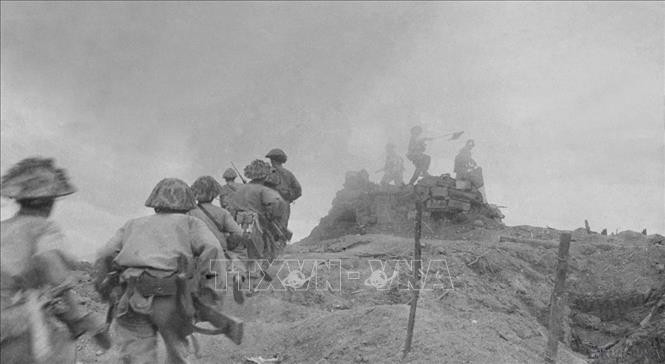
- Enemy: At 1:30 p.m., Bigia directly commanded the 6th and 5th parachute battalions to advance to C1.
This time the enemy had a larger force, air force, artillery support and tanks to clear the way. They captured the high point of the Flagpole, putting the defenders at a disadvantage.
- We: Company 273 of Regiment 102 was present on the high point since morning with the remaining part of Company 35 of Regiment 98, repelling many enemy counterattacks from C2 that tried to push our troops out of the hill.
The soldiers tied white parachute cloth to the gun muzzles as a reference for the artillery. While our artillery was firing continuously, the regiment sent a reinforcement unit through the newly dug trench on Hill D, together with the defenders, to push the enemy out of the Flagpole, restoring the battlefield.
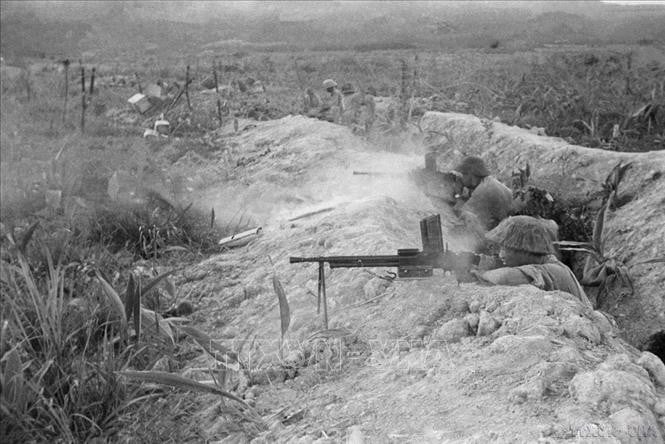
On March 31, our troops repelled seven counterattacks by two airborne battalions. DKZ soldier Vu Van Kiem was awarded the First Class Soldier Medal.
At 4:00 p.m. the same day, Bigia was forced to order a retreat.
The enemy counterattacks on March 31 were a complete failure.
- At hill A1:
By about 4 a.m., we had occupied two-thirds of the stronghold. However, the enemy, relying on the remaining part and fortified bunkers, continued to resist fiercely.
Early in the morning of March 31, 1954, the enemy sent the 6th Colonial Parachute Battalion to counterattack. The battle at Hill A1 was fierce. By the afternoon of March 31, 1954, the enemy had recaptured 2/3 of the A1 Hill stronghold, while we were only able to hold 1/3 in the Northeast.
Faced with that situation, the Front Command decided to change forces, continue to attack A1, and at the same time instruct forces in both the East and West to operate together to disperse enemy forces.
[Source: VNA; Books: General Vo Nguyen Giap: Dien Bien Phu 50 years in retrospect, People's Army Publishing House, Hanoi, 2004, pp. 122, 123; General Vo Nguyen Giap: Complete memoirs, People's Army Publishing House, Hanoi, 2010, pp. 1029, 1030, 1031].
Source


![[Photo] Overcoming all difficulties, speeding up construction progress of Hoa Binh Hydropower Plant Expansion Project](https://vstatic.vietnam.vn/vietnam/resource/IMAGE/2025/4/12/bff04b551e98484c84d74c8faa3526e0)


![[Photo] Closing of the 11th Conference of the 13th Central Committee of the Communist Party of Vietnam](https://vstatic.vietnam.vn/vietnam/resource/IMAGE/2025/4/12/114b57fe6e9b4814a5ddfacf6dfe5b7f)


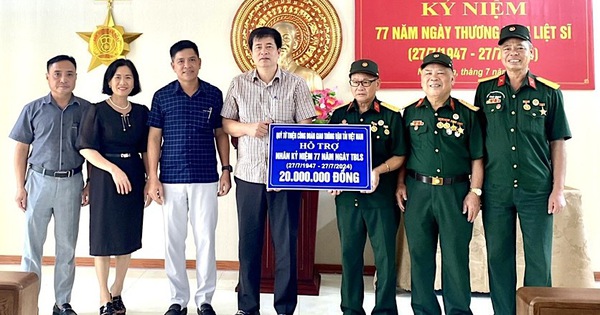

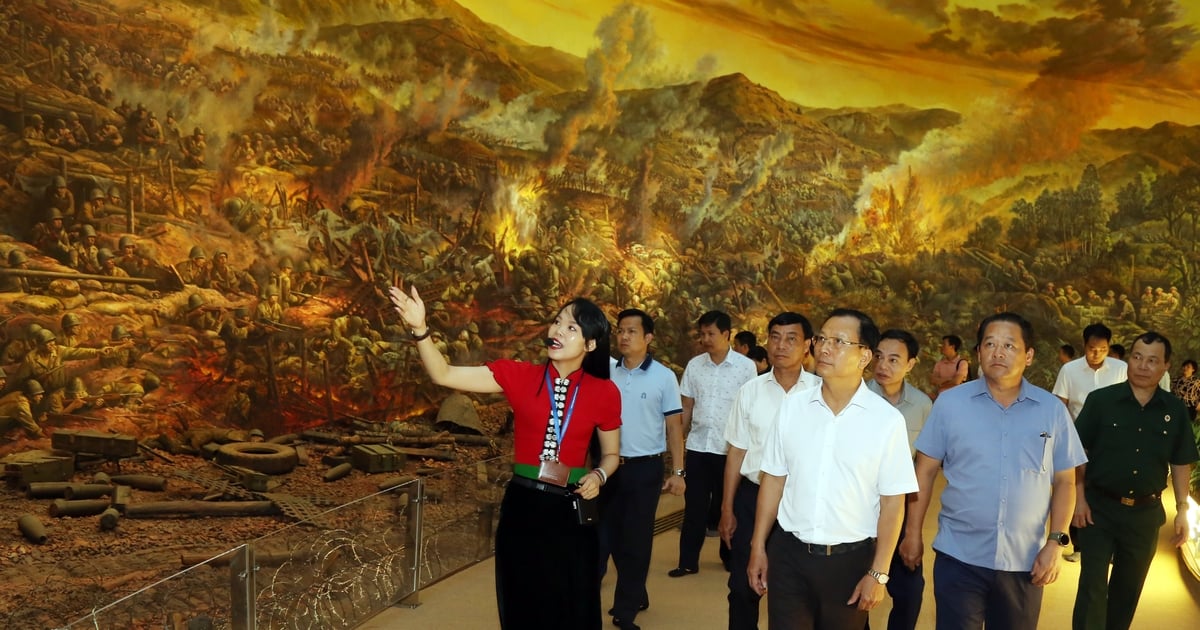
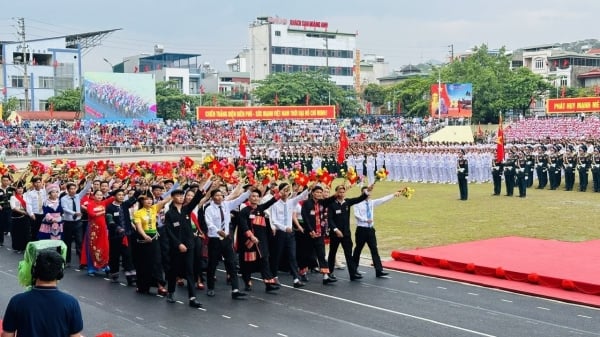

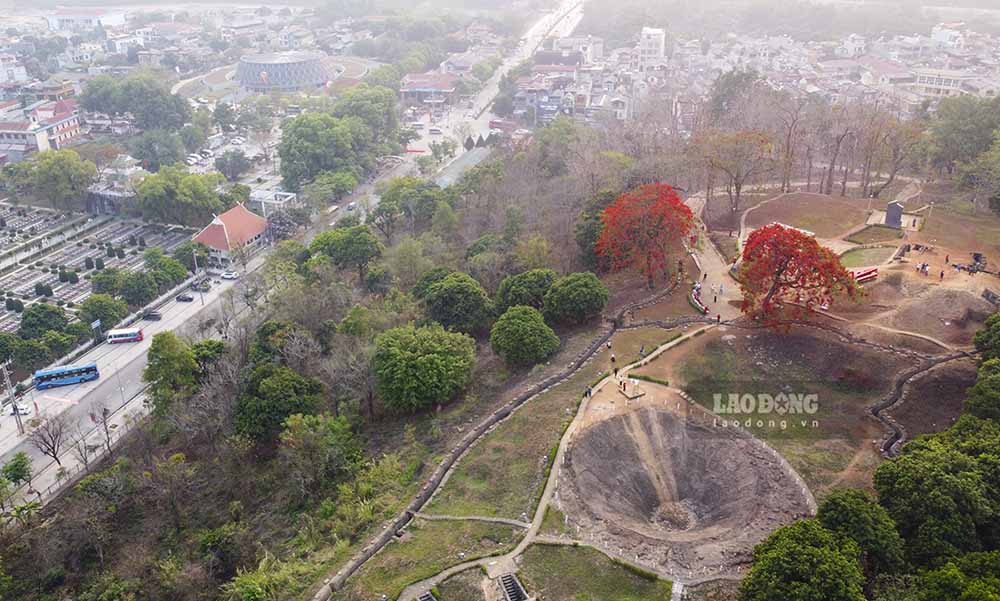
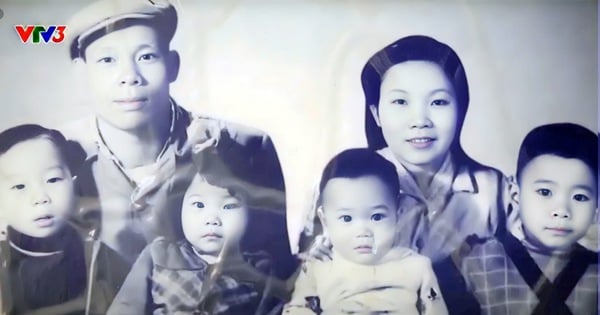

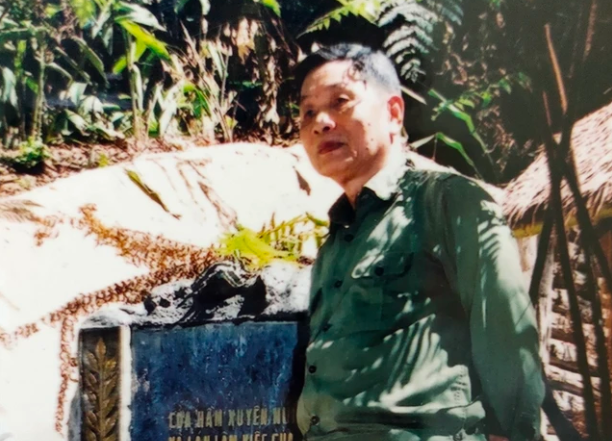

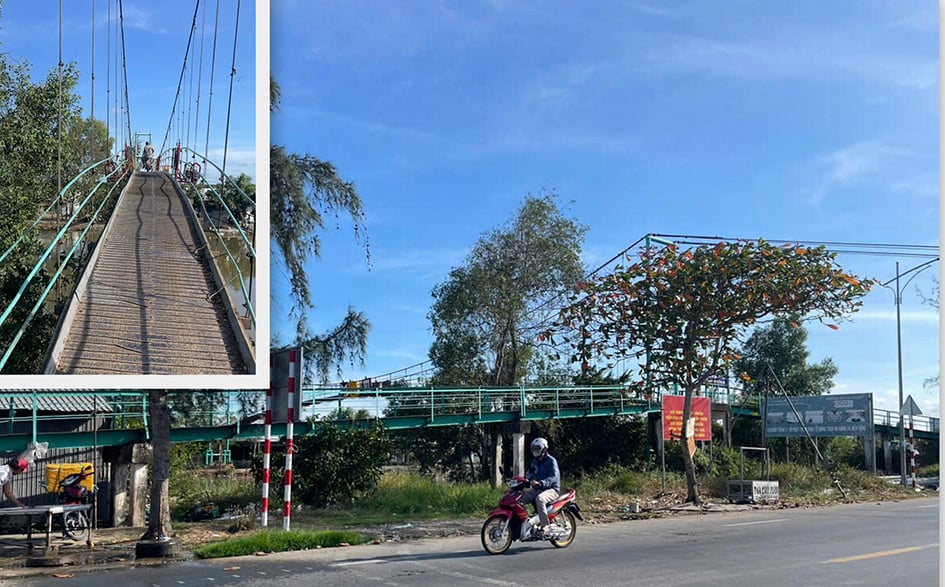
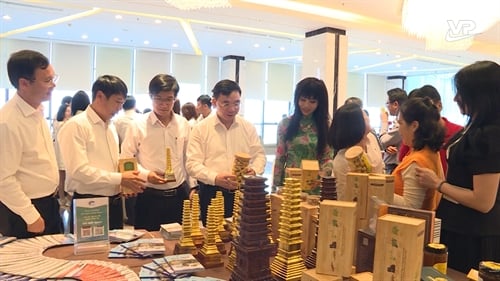
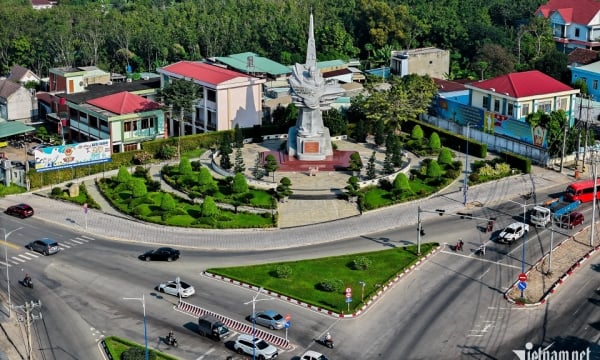
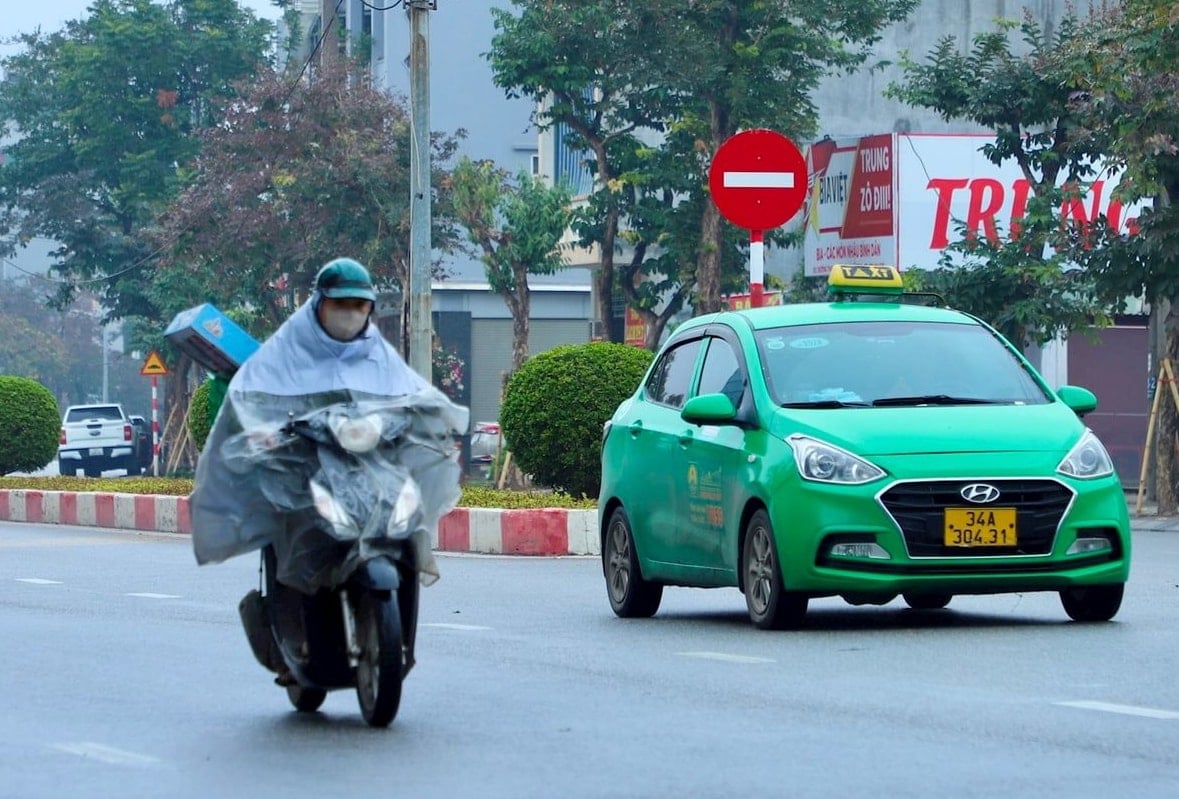




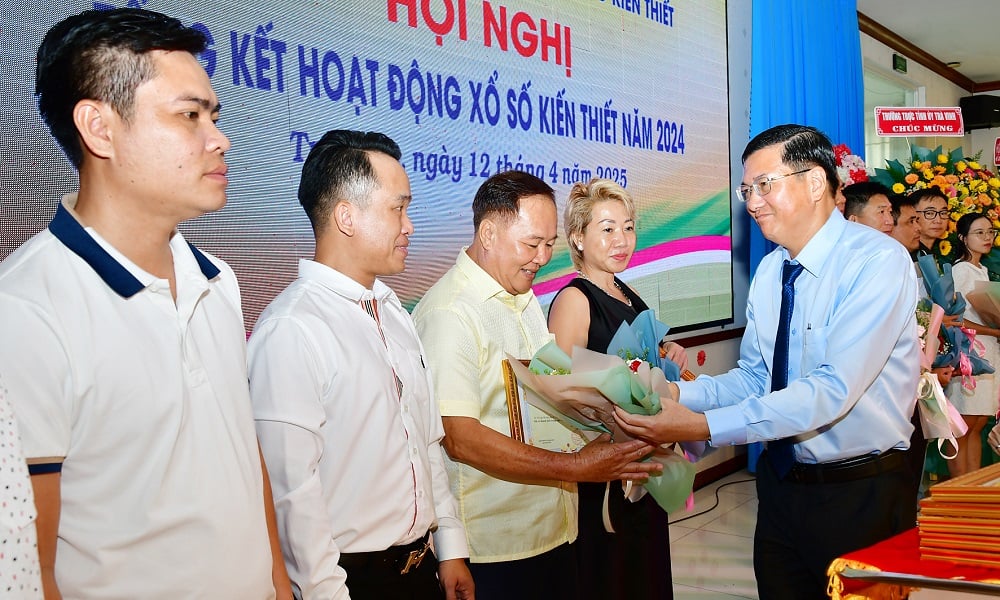

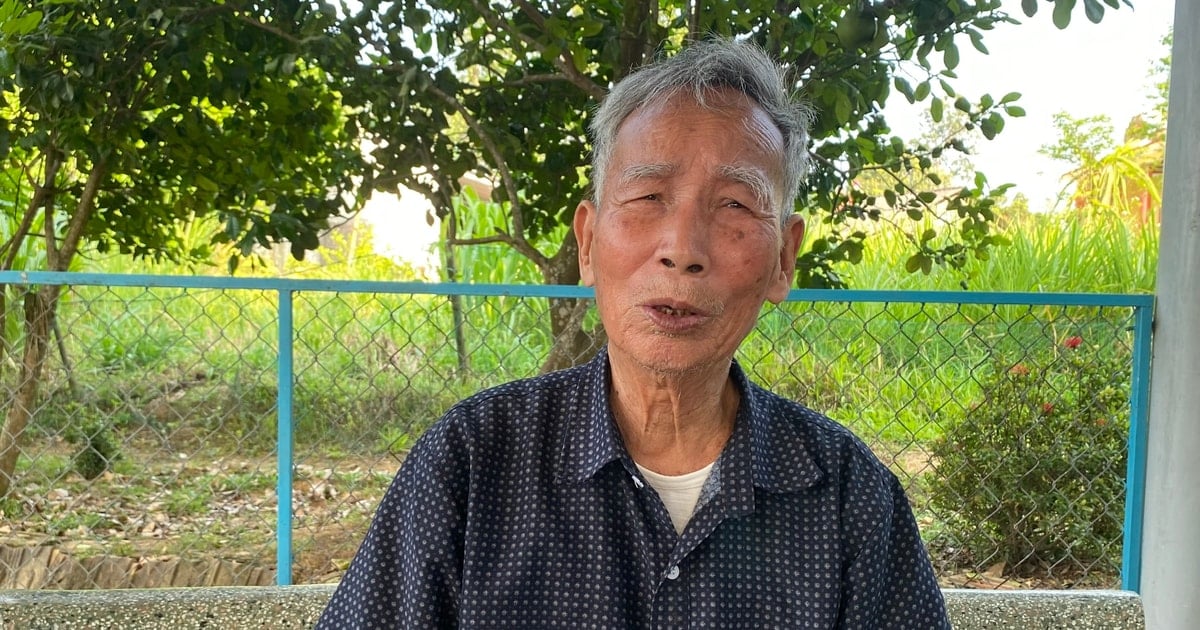
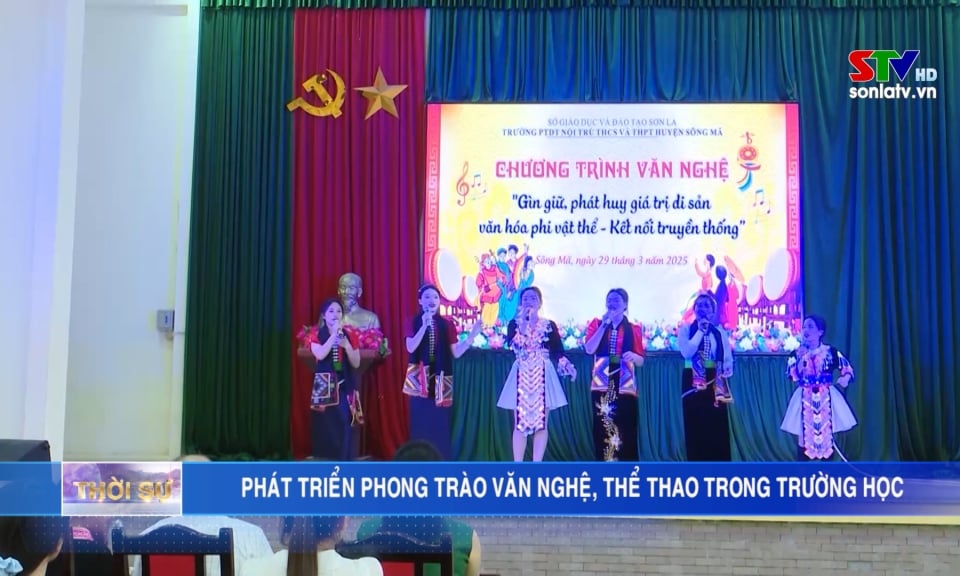
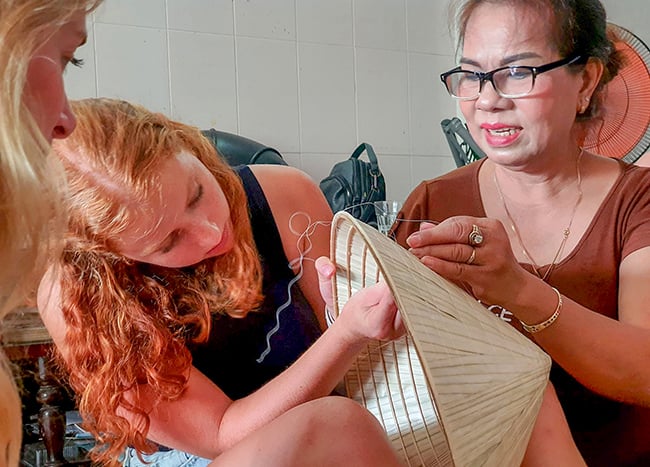












































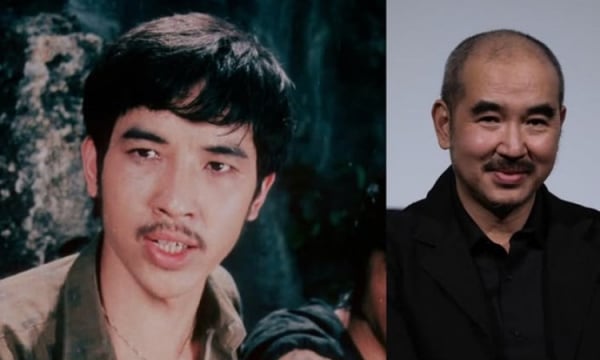

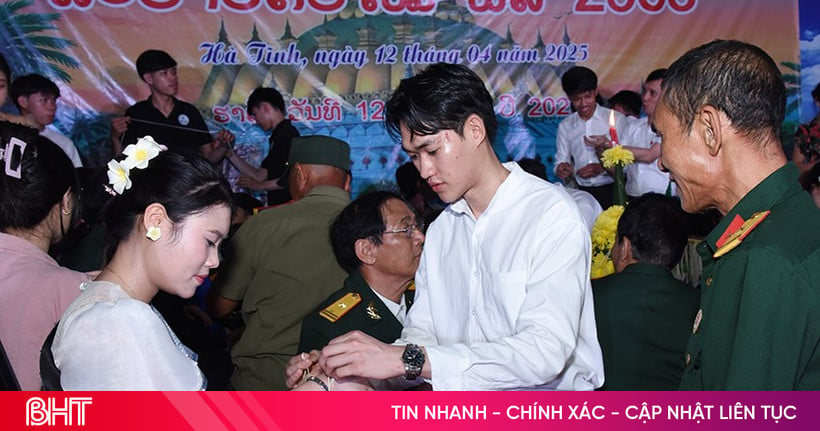

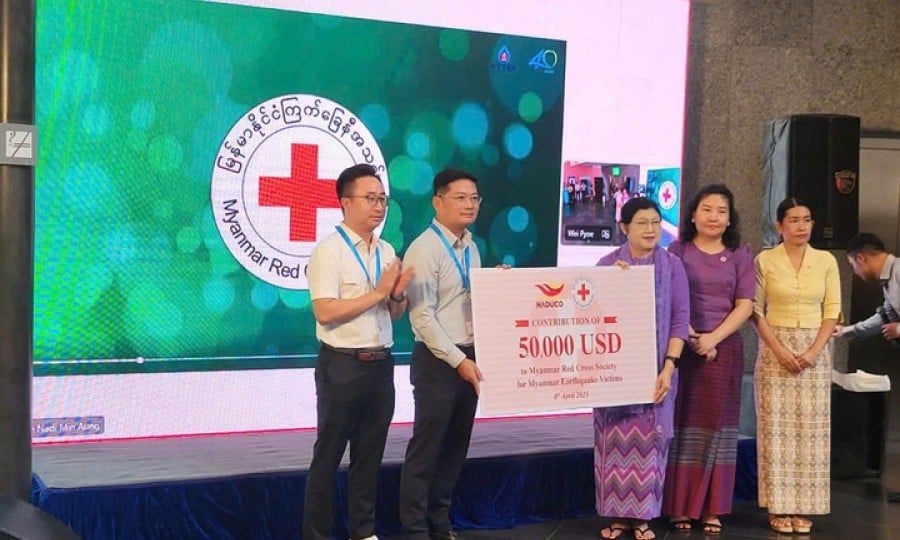

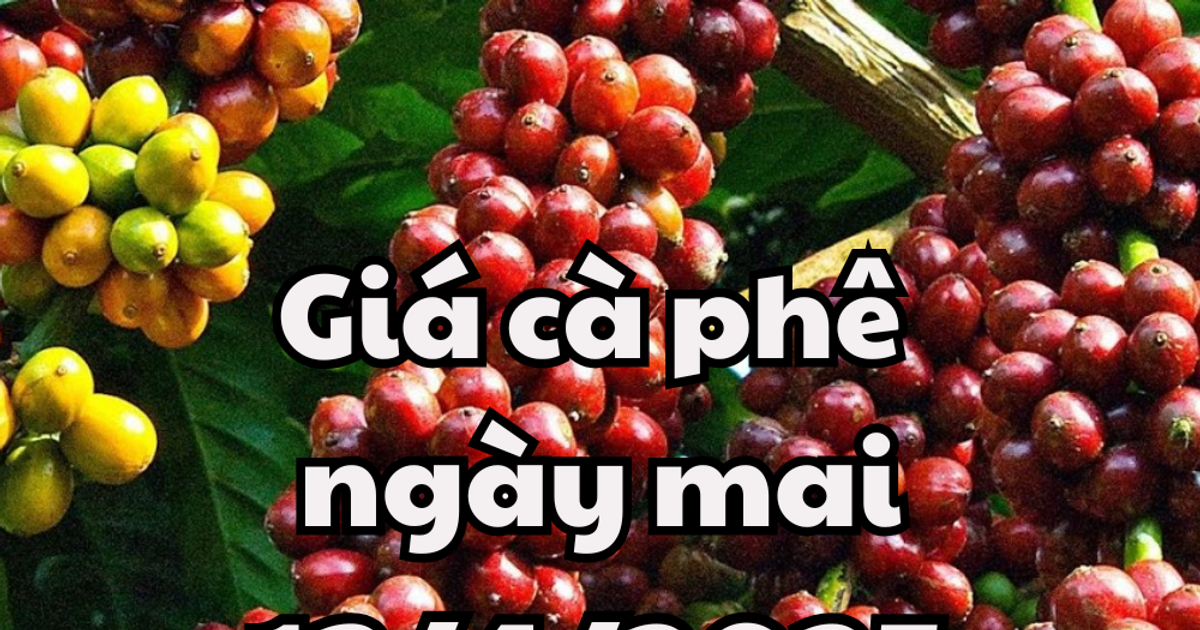












Comment (0)